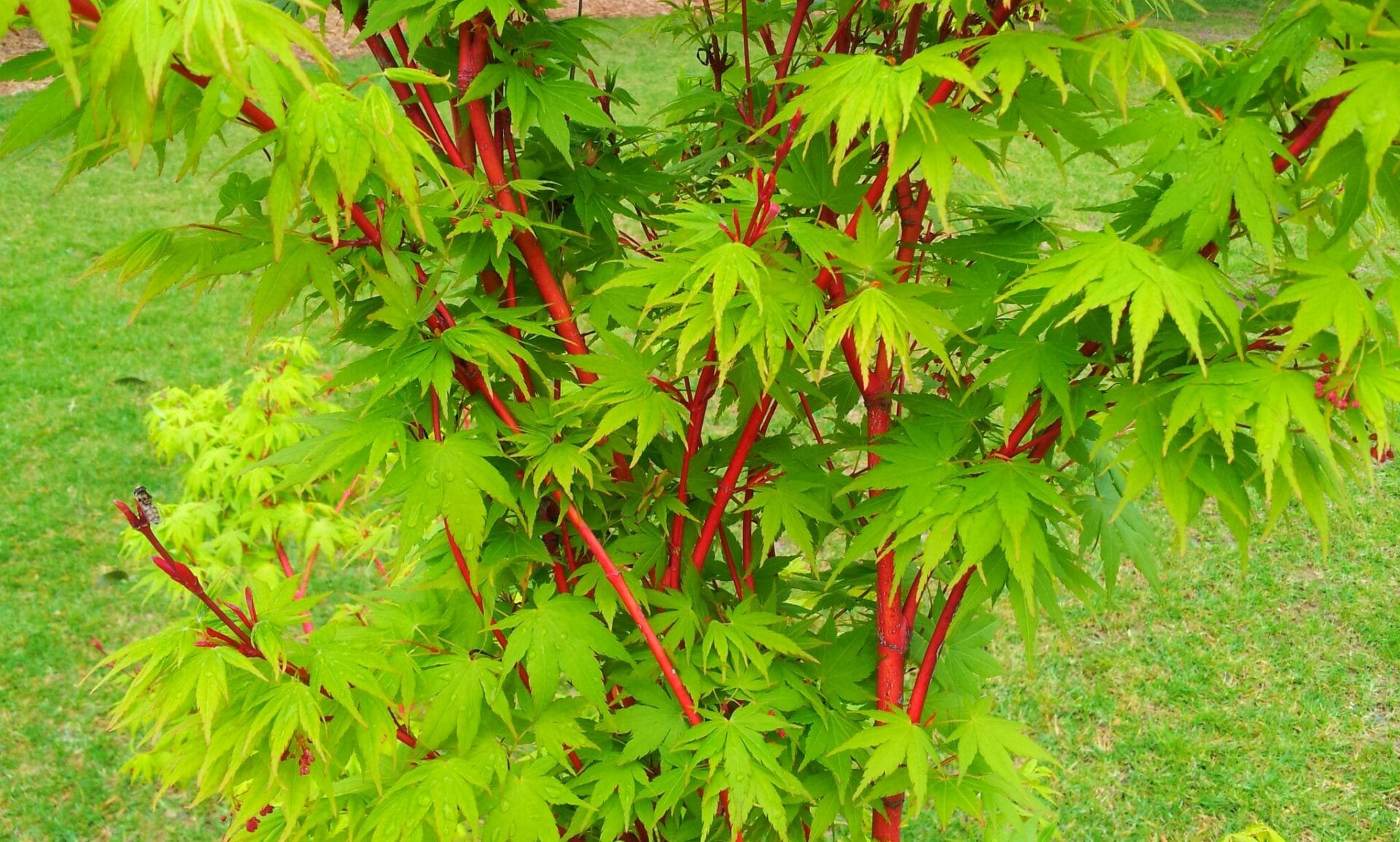

We've gotta protect good ole' Mother Nature, after all. While we wish we could serve everyone, it's for the safety of native species and helps prevent the spread of invasive disease & pests. The short & sweet answer is: "United States Department of Agriculture Restrictions." Every state has their own unique USDA restrictions on which plants they allow to come into their state. You will receive email notifications along the way on the progress of your order, as well as tracking information to track your plants all the way to their new home! Why are some states excluded from shipping? Orders typically ship out within 2 business days. How does the delivery process work?Īll of our orders ship via FedEx Ground! Once your order is placed online, our magic elves get right to work picking, staging, boxing and shipping your trees. You'll find we carry young 1-gallons, up to more mature 7-gallons ranging anywhere from 6 inches to 6ft. While the industry-standard terminology is to call the sizes "Gallon Containers", that doesn't exactly translate to the traditional liquid "gallon" size we think of. Nursery containers come in a variety of different sizes, and old-school nursery slang has stuck. Synonymous with and formerly sold as ‘Senkaki’.All tree, and nothin' but the tree! We measure from the top of the soil to the top of the tree the height of the container or the root system is never included in our measurements. Cultivar name means coral tower ( sango meaning sea coral and kaku meaning tower/upward growing) as if to suggest this pink-barked cultivar resembles coral rising upward from a reef. Flowers are followed by samaras that ripen in late summer to fall. Small reddish-purple flowers in spring are somewhat attractive on close inspection, but are not showy from a distance. Palmate, 5- to 7-lobed, almost ferny leaves (to 2” long) with serrate margins emerge yellow-green with reddish margins in spring, mature to light green by summer and turn yellow-gold in fall.

Best pink coloration occurs on young twigs and branches. Pink coloration is less pronounced to almost absent in summer. It is sometimes commonly called coral bark maple in reference to its distinctive and showy pink bark which provides excellent color and contrast to landscapes in winter. ‘Sango-kaku’ is an upright, slow-growing, vase-shaped form that typically grows over time to as much as 20-25’ tall. Each leaf has several lobes (typically 5–7) that all originate from one point looking like an open hand with outstretched fingers. Specific epithet is in reference to the palmate nature of the leaves. Genus name is the Latin name for a maple tree. Cultivars (often grafted) are quite variable. Fall color includes shades of yellow, red-purple and bronze. Flowers are followed by samaras (to 3/4" long) in pairs. The flowers are rather attractive close up, but are not particularly showy from a distance. Small reddish-purple flowers in umbels bloom in mid spring (April). Each palmate green leaf (2-5" long) has 5 or 7 but less frequently 9 pointed toothed lobes. General plant form is rounded to broad-rounded, often with low branching.

Acer palmatum, commonly called Japanese maple, is a deciduous shrub or small tree that typically grows to 10-25' (infrequently to 40') tall.


 0 kommentar(er)
0 kommentar(er)
